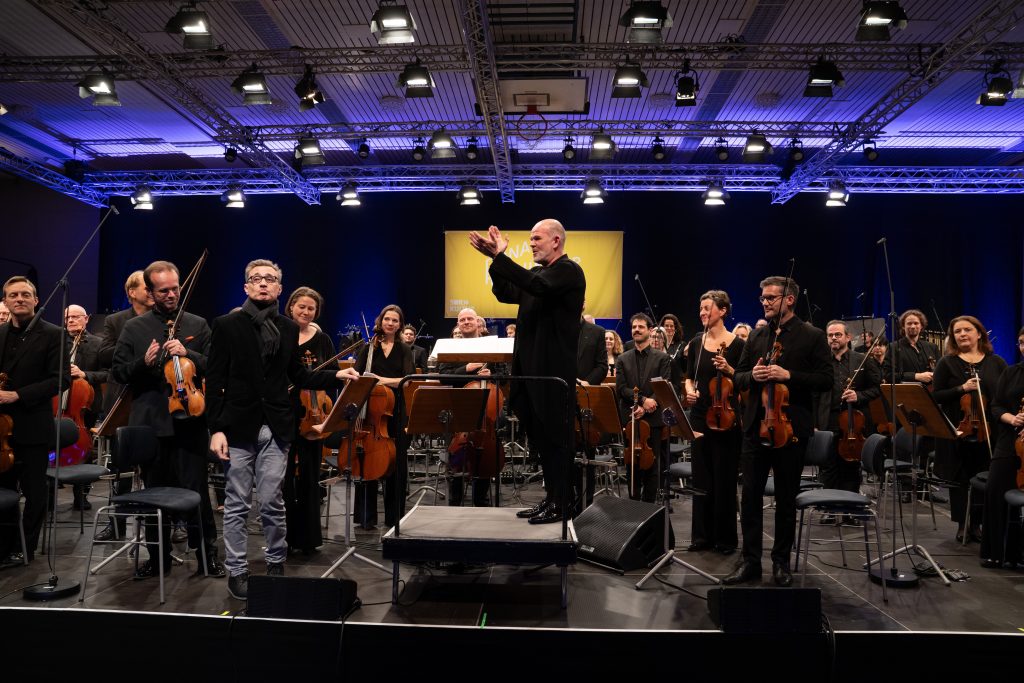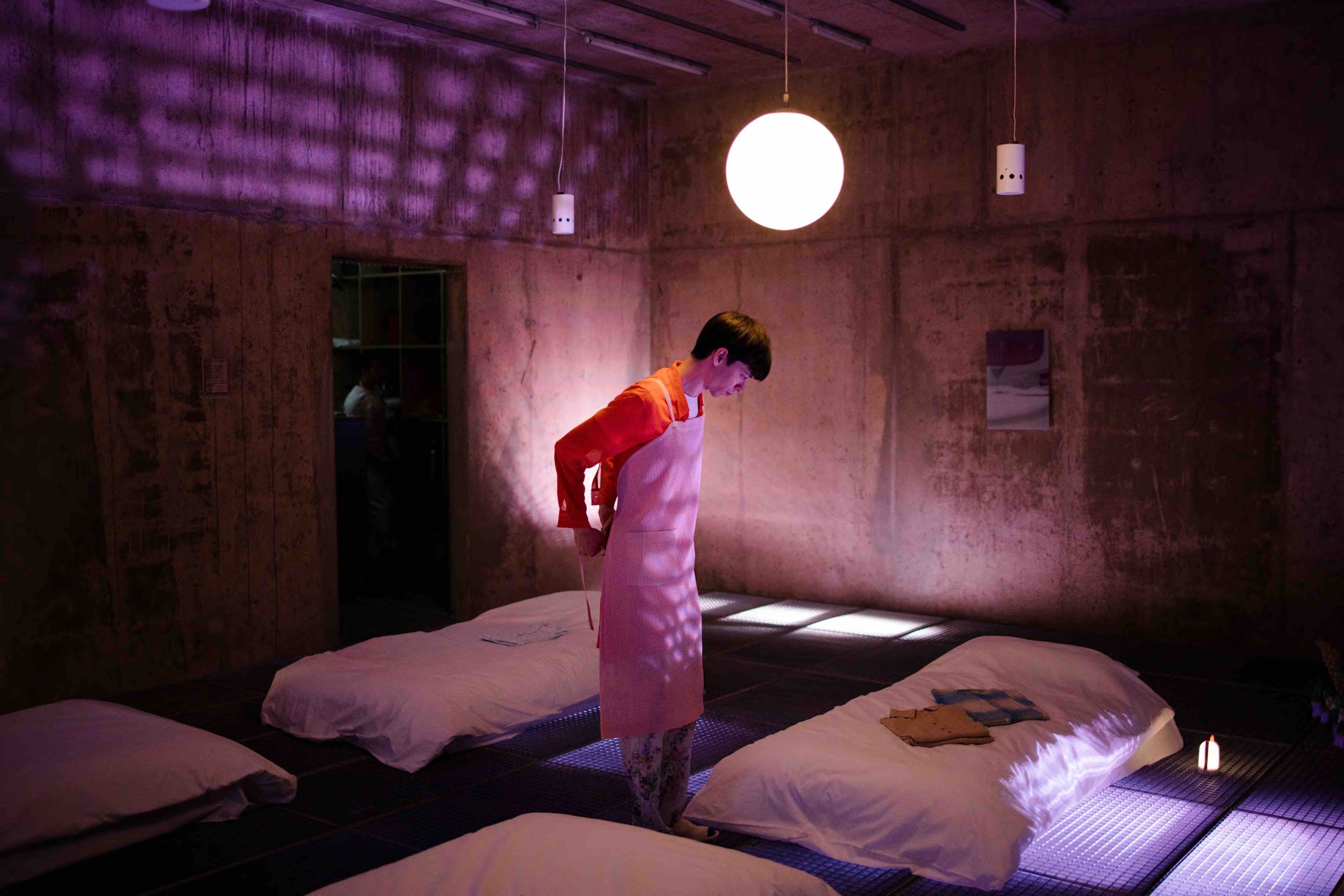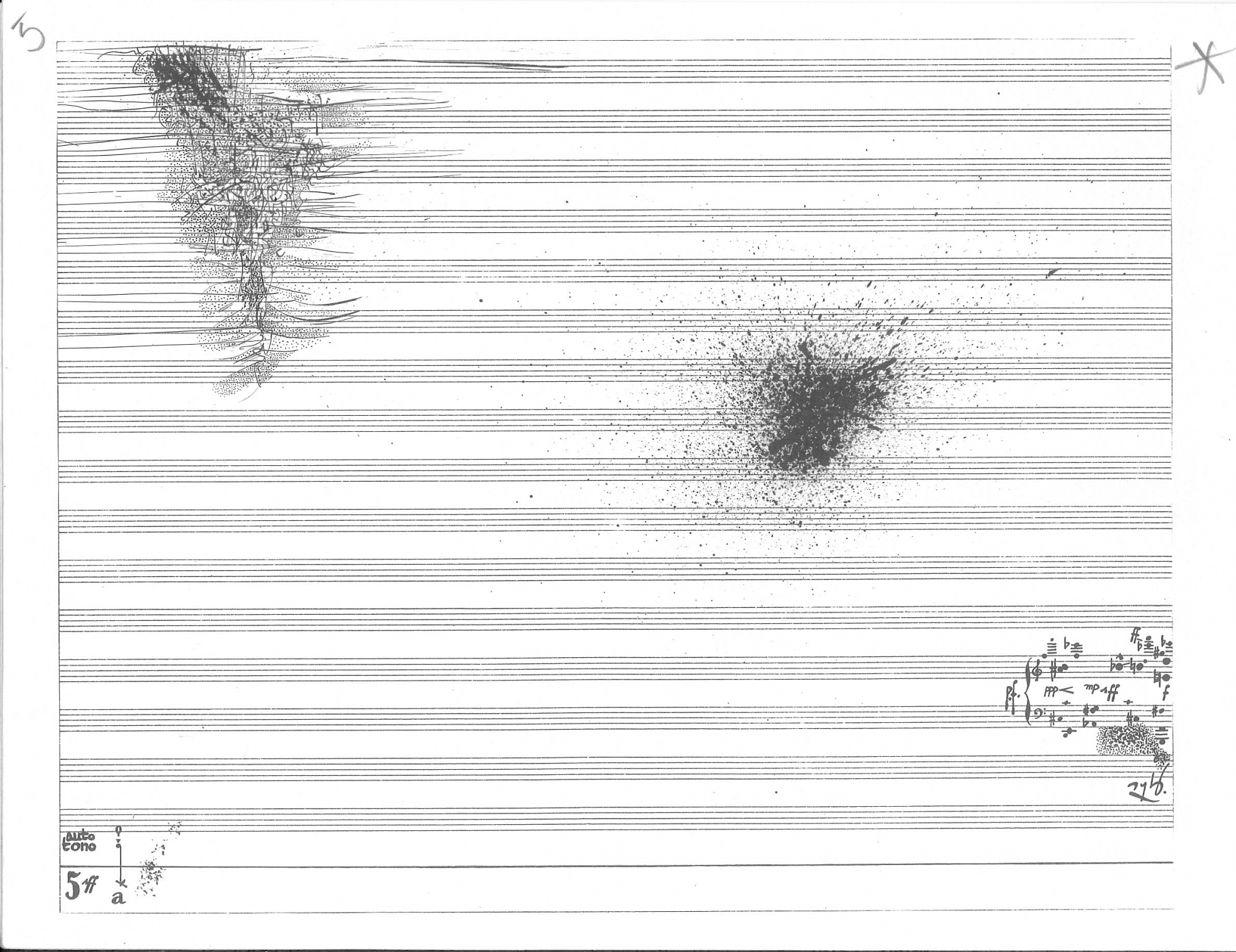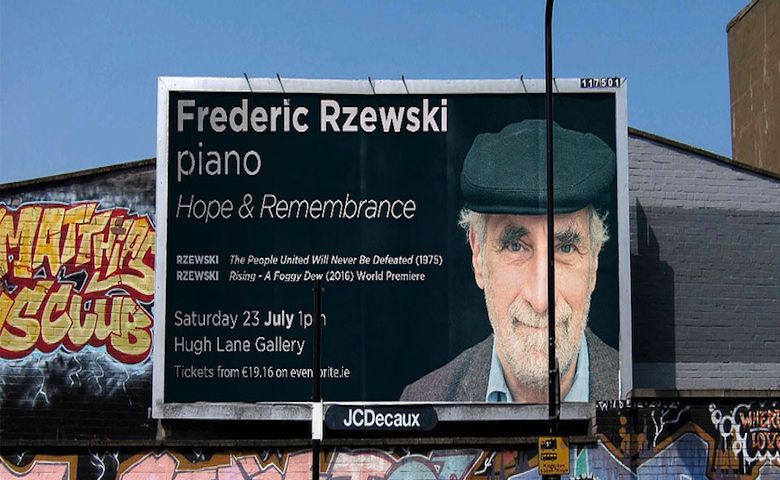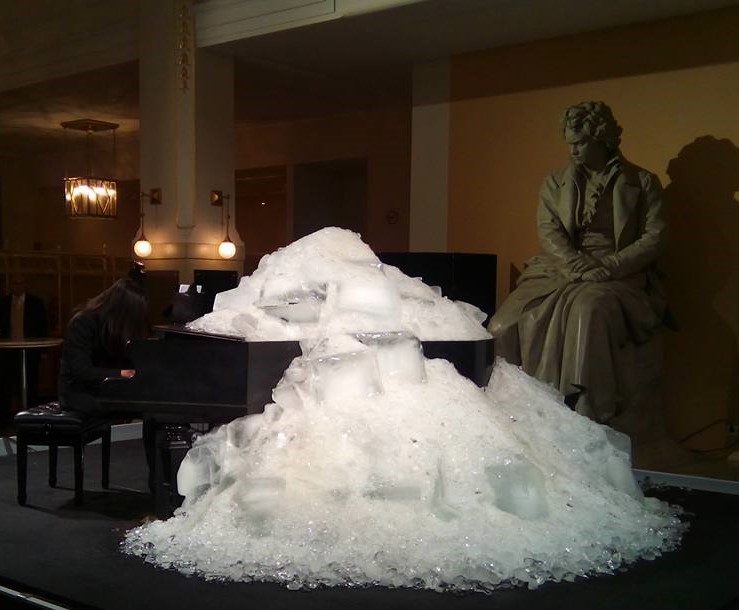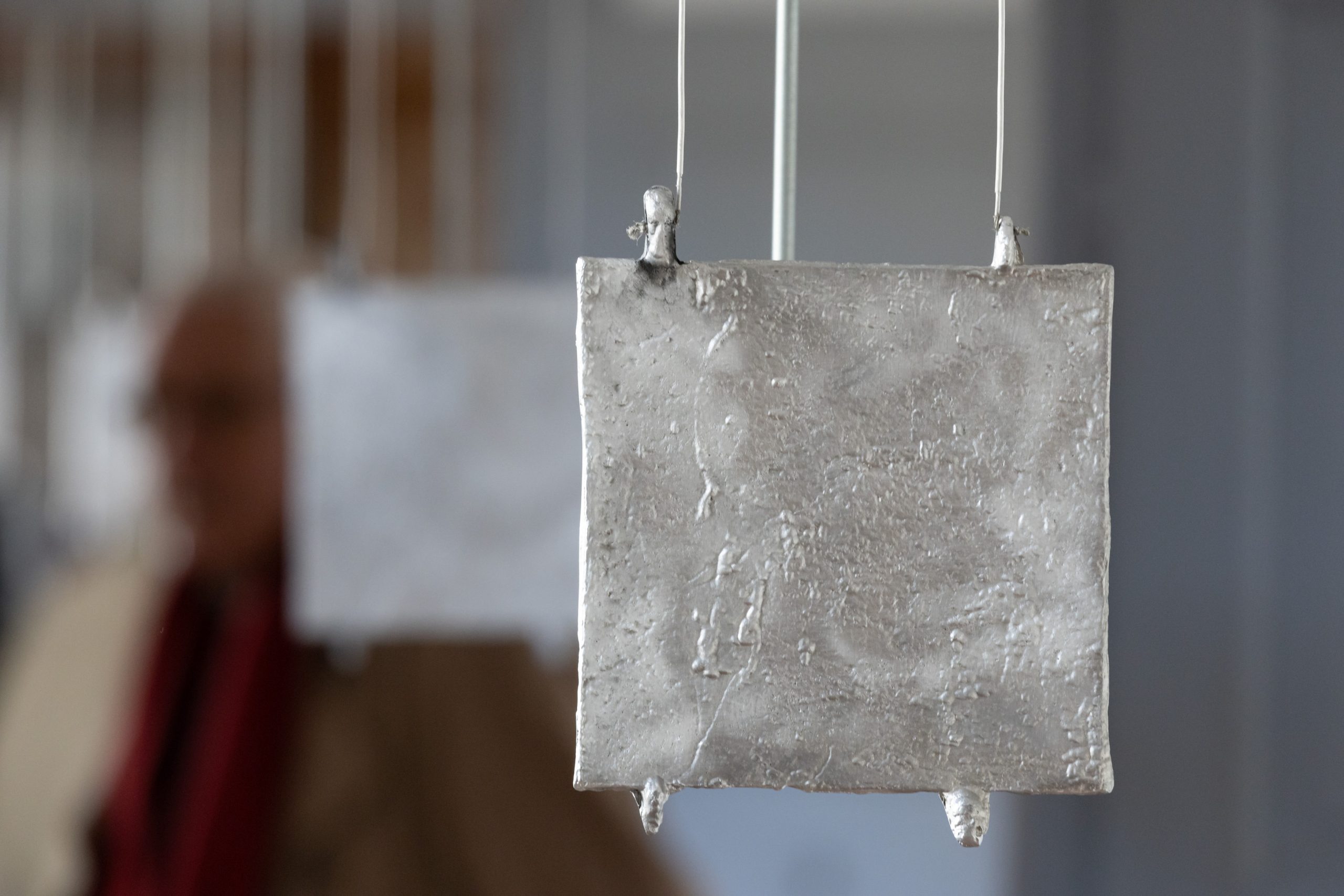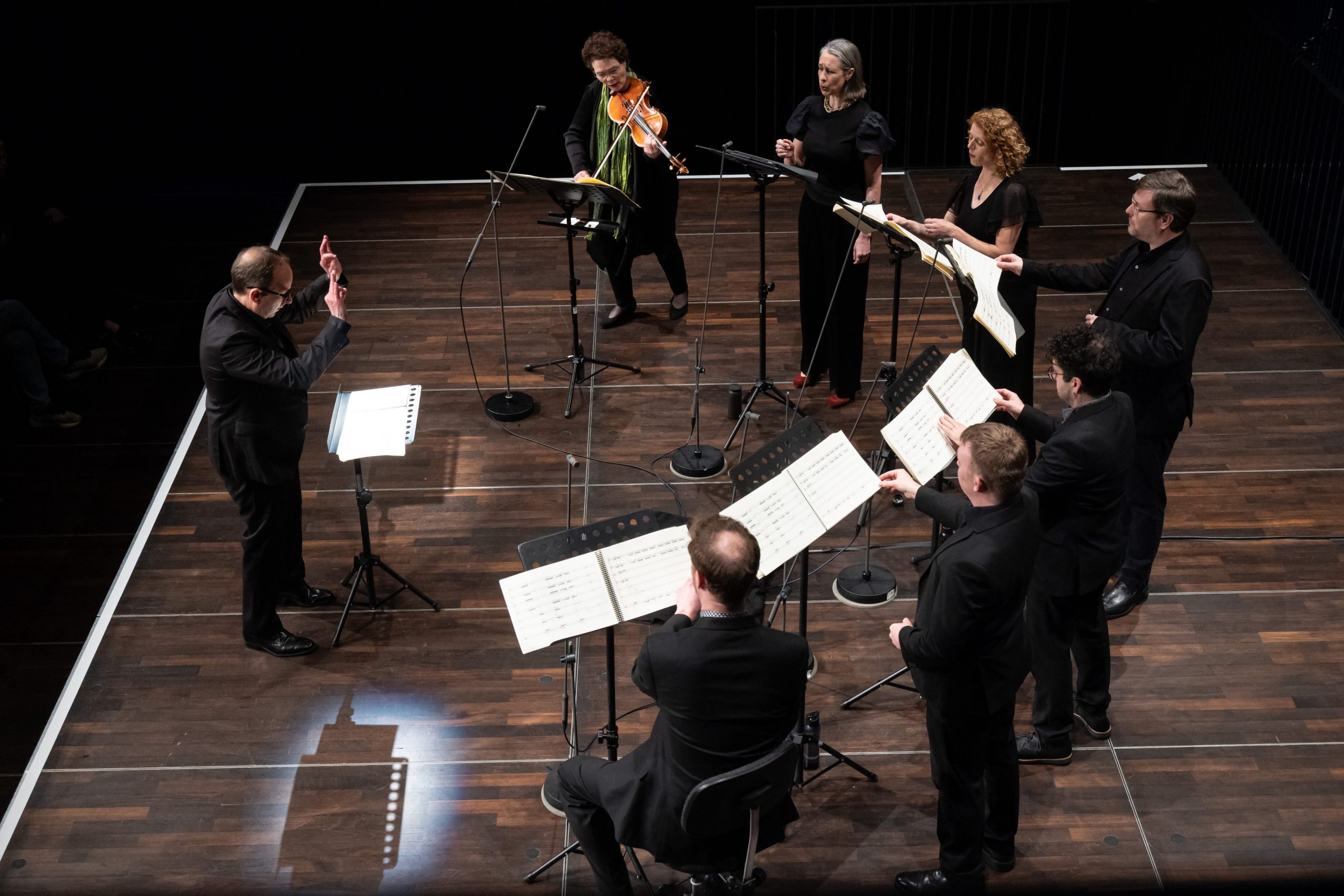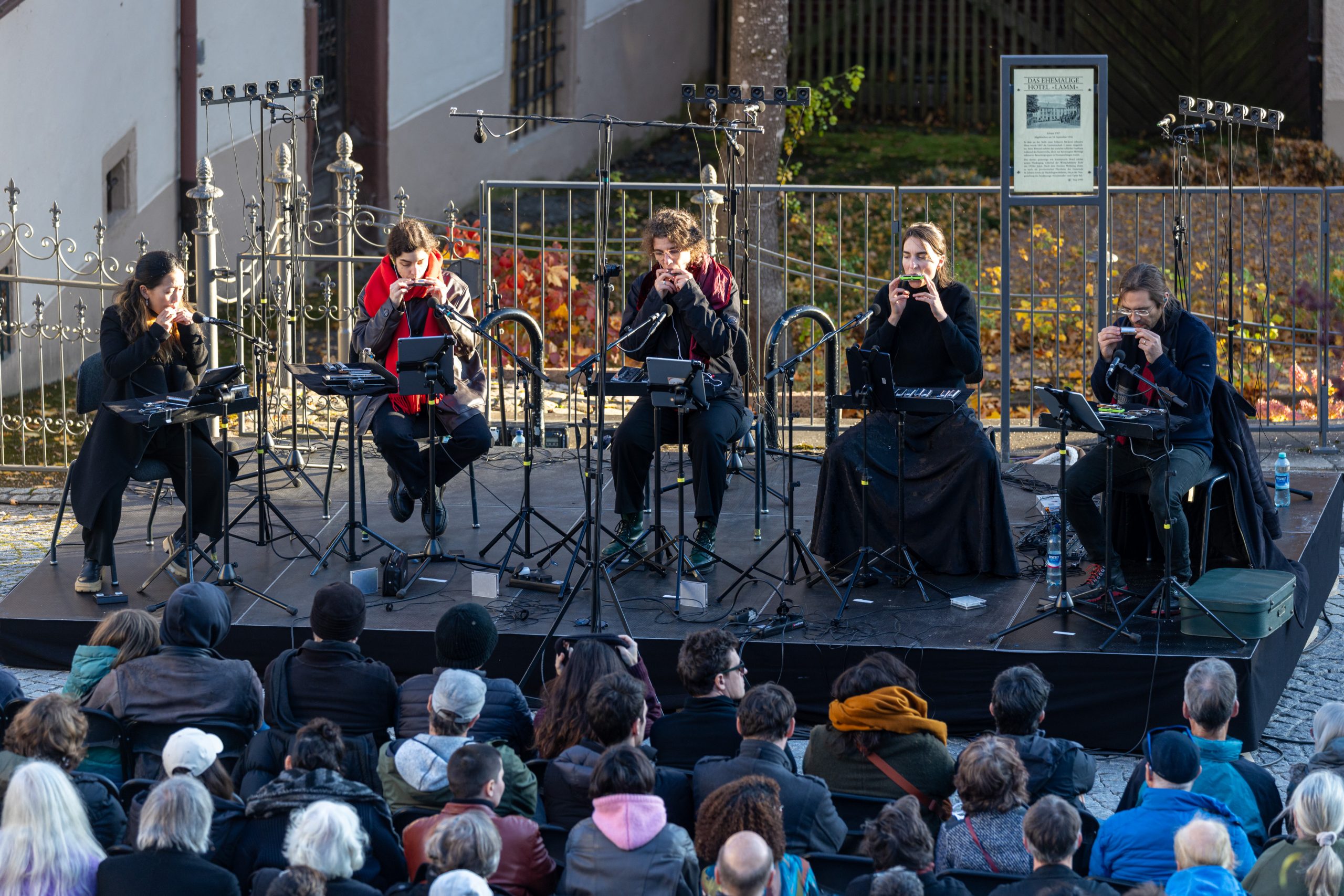Visite Critique Donaueschingen: Mark Andre
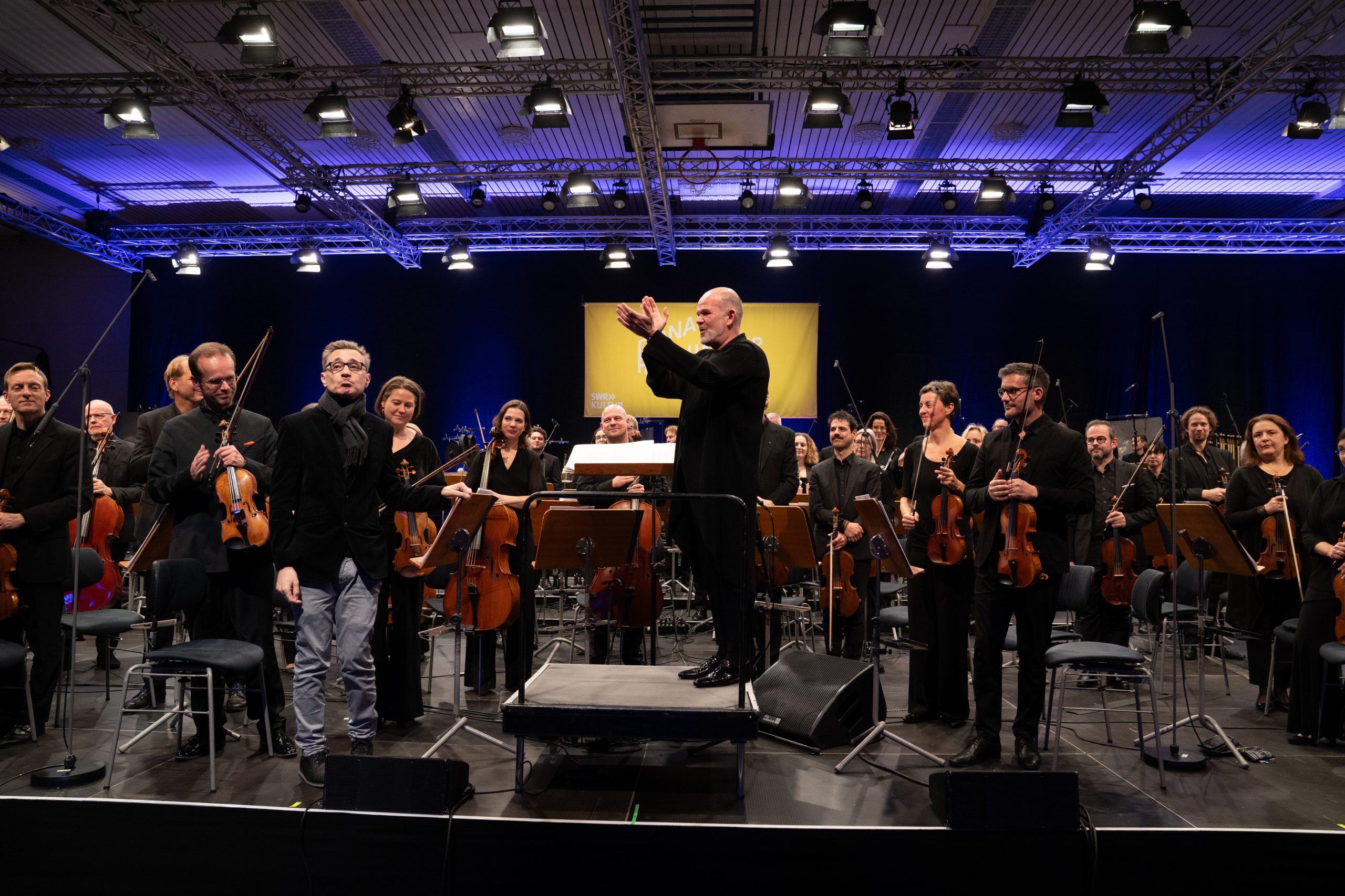
The following text was written in the context of the visite critique during the Next Generation workshop at the Donaueschinger Musiktage 2025.
Im Enfalten. Dem Andenken an Pierre Boulez for Orchestra by Mark Andre
A text by Raphaëlle Proust and Maayan Gabel
‘For dust you are, and to dust you shall return’ (Genesis 3:19)
At the opening concert of the 2025 edition of the Donaueschinger Musiktage, the SWR Symphony Orchestra premiered Mark Andre’s Im Entfalten, a work dedicated to the memory of Pierre Boulez in the year of his 100th anniversary.
Im Entfalten (“In Unfolding”) is a 12-minute orchestral piece whose central idea is drawn from Christian theology. Concepts of disappearance, decay, dissolution, and silence serve as its main dramatic forces. Andre, known for employing fragility and fragmentation as compositional material, uses these qualities to create a powerful tension emerging from an almost inaudible, carefully composed silence.
The work is structured primarily around two sonic layers, which Andre develops and intertwines. The first is a field of white noise, a wind-like texture produced through extended instrumental techniques. These include not only traditional means (bow pressure, air sounds, friction) but also performative gestures such as hand rubbing (as if warming cold hands), the rustling of sheet music, and exhalations from the players. This palette of noise elements unifies the orchestra into a single, breath-like organism, dissolving the usual distinctions between instrumental timbres.
The second layer consists of emerging and decaying musical gestures, expressed through dynamics, chromatic motion, and changes in textural density. These gestures often migrate physically across the orchestra: a line might pass from the concertmaster to the next violinist, then to the third, and so forth, creating a palpable spatial motion. This gradual displacement reinforces the work’s central idea of decay and disappearance – sound receding into space, and into silence. Examining the score revealed this process visually as well: entrances and exits are meticulously orchestrated, forming a kind of graphical unfolding.
Formally, the piece appears linear rather than sectional. Instead of clear vertical divisions, the music unfolds organically, almost imperceptibly. One striking feature was Andre’s treatment of the piano. Unlike the rest of the orchestra, which was blended into a unified timbral field, the piano remained exposed, with its percussive, clearly pitched notes announcing the beginning of a new section: a canon between piano and harp. The piano’s harmonic language subtly recalled Boulezian pitch organization, perhaps a gesture of homage.
Silence forms the foundation of the work’s sound world. It is the floor upon which musical events rise and into which they dissolve. This silence has multiple layers – from barely audible textures to moments of apparent stillness that paradoxically convey presence. We perceived silence as the focal point of the composition, representing what Andre imagines as the spiritual “unfolding” itself. The “folds” and their unfolding correspond to the more concrete musical gestures, acts of creation, while silence embodies the invisible substance between them: the divine eternity within sound.
This recalls Olivier Messiaen’s conception of sound as a manifestation of the eternal: not merely vibration in time, but a glimpse of the divine. Messiaen wrote, “When all sound ceases, music continues in eternity.” Unlike John Cage, who treated silence as openness to chance, Messiaen (and here, Andre) treats it as sacred stillness, a liturgical silence filled with transcendence.
The decision to place the double basses on both sides of the orchestra created an intriguing spatial effect. Each string player had a highly individualized part, producing a sense of fluidity and motion within the ensemble. This spatial dispersion enhanced the immersive listening experience: it felt as though the orchestra itself was unfolding around us, creating a shifting stereo landscape in which the listener’s position became part of the piece.
After the concert, we were wondering about the Boulez dedication. We thought that both the dedication to Boulez and the title Im Entfalten were referring to Boulez’s Pli selon pli (Fold upon Fold), written between 1957 and 1962 (revised in 1989). Boulez’s work sets five poems by Stéphane Mallarmé, whose title is drawn from another Mallarmé poem. The composer described Pli selon pli as “a portrait of Mallarmé unfolding.” The chosen texts explore themes of identity, time, and disappearance.
While Im Entfalten shares these conceptual resonances, and the piano gestures may subtly echo Boulez’s harmonic world, we did not perceive direct musical quotations. Rather, Andre’s piece seems to respond to Boulez’s legacy in spirit, extending it into a space of theological reflection and composed stillness.
Im Entfalten proved to be a deeply moving work. Andre’s musical and spiritual ideas came through with striking clarity, creating an intense listening experience born from composed stillness. The interplay between sound and its absence drew us ever deeper into the piece and left us, at its close, in a state of reverent awe.
